Sustainability and Dimensions of a Nexus Approach in a Sharing Economy
Abstract
1. Introduction
2. Materials and Methods
2.1. General Approach
- (a)
- Responsible private consumption through the common use of goods in a local goods sharing network: sharing resources on a household and communal scale.
- (b)
- Resource efficiency through the common use of resources and secondary resources in company resource-sharing networks (i.e., sharing resources through industrial symbiosis).
2.2. Sharing Resources on Household and Communal Scale
2.3. Sharing Resources through Industrial Symbiosis
3. Results
3.1. Sharing Resources on Household Level
3.2. Sharing Resources through Industrial Symbiosis
4. Discussion
5. Conclusions
Supplementary Materials
Author Contributions
Funding
Acknowledgments
Conflicts of Interest
References
- Asara, V.; Otero, I.; Demaria, F.; Corbera, E. Socially sustainable degrowth as a social-ecological trans-formation: Repoliticizing sustainability. Sustain. Sci. 2015, 10, 375–384. [Google Scholar] [CrossRef]
- Kallis, G. In defence of degrowth. Ecol. Econom. 2011, 70, 873–880. [Google Scholar] [CrossRef]
- Georgescu-Roegen, N. La décroissance: Entropie, Écologie, Économie, Nouvelle ed.; Éditions Sang de la terre: Paris, France, 1995. [Google Scholar]
- Georgescu-Roegen, N. La Décroissance: Entropie, Écologie, Économie; Observatoire du Management Alternatif—Fiche de Lecture; Éditions Sang de la terre, Mastere Specialise Management du Developpement Durable HEC: Paris, France, 1995. [Google Scholar]
- Petschow, U.; Lange, S.; Hofmann, D.; Pissarskoi, E.; aus dem Moore, N.; Korfhage, T.; Schoofs, A.; Ott, H. Gesellschaftliches Wohlergehen innerhalb planetarer Grenzen-Der Ansatz einer vorsorgeorientierten Postwachstumsposition, Zwischenbericht des Projektes “Ansätze zur Ressourcenschonung im Kontext von Postwachstumskonzepten“ im Auftrag des Umweltbundesamtes Deutschland (Forschungskennzahl 3715 311040), ISSN: 1862-4804, Dessau-Roßlau, Oktober. 2018. Available online: https://www.google.de/url?sa=t&rct=j&q=&esrc=s&source=web&cd=1&cad=rja&uact=8&ved=2ahUKEwjPsuuo8vbeAhWNKVAKHcGCuEQFjAAegQICRAB&url=https%3A%2F%2Fwww.umweltbundesamt.de%2Fpublikationen%2Fvorsorgeorientierte-postwachstumsposition&usg=AOvVaw3fX1TaMWlNmVy5L2coj6JQ (accessed on 22 November 2018).
- Jacobs, M.; Mazzucato, M. Rethinking Capitalism: An Introduction. In Rethinking Capitalism; Mazzucato, M., Jacobs, M., Eds.; John Wiley & Sons Inc.: Chichester, UK, 2016; pp. 1–27. [Google Scholar]
- Rockström, J.; Gaffney, O.; Rogelj, J.; Meinshausen, M.; Nakicenovic, N.; Schellnhuber, H.J. A roadmap for rapid decarbonization. Science 2017, 355, 1269–1271. [Google Scholar] [CrossRef] [PubMed]
- Paech, N. Liberation from Excess. The Road to a Post-Growth Economy; Oekom Verlag: München, Germany, 2012; ISBN 978-3-86581-324-4. [Google Scholar]
- Georgescu-Roegen, N. The Entropy Law and the Economic Process; Harvard University Press: Cambridge, MA, USA, 1971. [Google Scholar]
- Jacob, M.; Edenhofer, O. Green growth, degrowth, and the commons. Oxf. Rev. Econ. Policy 2014, 30, 447–468. [Google Scholar] [CrossRef]
- Worldbank. Inclusive Green Growth: The Pathway to Sustainable Development; The World Bank: Washington, DC, USA, 2012. [Google Scholar]
- Hepburn, C.; Bowen, A. Prosperity with growth: Economic growth, climate change and environmental limits. In Handbook on Energy and Climate Change; Fouquet, R., Ed.; Edward Elgar Publishing: Cheltenham, UK, 2013. [Google Scholar]
- Zhang, Z.; Xue, B.; Pang, J.; Chen, X. The Decoupling of Resource Consumption and Environmental Impact from Economic Growth in China: Spatial Pattern and Temporal Trend. Sustainability 2016, 8, 222. [Google Scholar] [CrossRef]
- Benkler, Y.; Nissenbaum, H. Commons-based Peer Production and Virtue. J. Political Philos. 2006, 14, 394–419. [Google Scholar] [CrossRef]
- Rifkin, J. The Age of Access: The New Culture of Hypercapitalism, Where All of Life Is a Paid-for Experience; J.P. Tarcher/Putnam: New York, NY, USA, 2000. [Google Scholar]
- Eichhorst, W.; Spermann, A. Sharing Economy–Chancen, Risiken und Gestaltungsoptionen für den Arbeitsmarkt. 2015. Available online: http://ftp.iza.org/report_pdfs/iza_report_69.pdf (accessed on 4 January 2019).
- Demary, V. Competition in the Sharing Economy; IW Policy Paper Nr. 19/2015; Institut der deutschen Wirtschaft: Köln, Germany, 2015. [Google Scholar]
- Wosskow, D. Unlocking the Sharing Economy. An Independent Review. 2014. Available online: https://www.gov.uk/government/uploads/system/uploads/attachment_data/file/378291/bis-14-1227-unlocking-the-sharing-economy-an-independent-review.pdf (accessed on 4 January 2019).
- Sundararajan, A. Peer-to-Peer Businesses and the Sharing (Collaborative) Economy: Overview, Economic Effects and Regulatory Issues. Written Testimony for the Hearing Titled ‘The Power of Connection: Peer-to-Peer Businesses’ at the United States House of Repre-Sentatives. 2014. Available online: http://smallbusiness.house.gov/uploadedfiles/1-15-2014_revised_sundararajan_testimony.pdf (accessed on 4 January 2019).
- Weber, T.A. Intermediation in a sharing economy: Insurance, moral hazard, and rent extraction. J. Manag. Inf. Syst. 2014, 31, 35–71. [Google Scholar] [CrossRef]
- Institut für ökologische Wirtschaftsforschung (IÖW). Arbeitsberichte. 2018. Available online: https://www.peer-sharing.de/veroeffentlichungen/arbeitsberichte.html (accessed on 14 January 2019).
- Ludmann, S. Ökologie des Teilens. Bilanzierung der Umweltwirkungen des Peer-to-Peer Sharing. 2018. Available online: https://www.peer-sharing.de/data/peersharing/user_upload/Dateien/Oekologie_des_Teilens_Arbeitspapier_8_.pdf (accessed on 14 January 2019).
- Berlina, A.; Lindberg, G.; Mikkola, N.; Smed Olsen, L.; Teräs, J. The Potential of industrial Symbiosis as a Key Driver of Green Growth in Nordic Regions; Johnsen, I.H.G., Ed.; Nordregio: Stockholm, Sweden, 2015; ISBN 978-91-87295-34-8. [Google Scholar]
- McDonough, W.; Braungart, M. Cradle to Cradle: Remaking the Way We Make Things; North Point Press: New York City, NY, USA, 2002; p. 193. ISBN 0-86547-587-3. [Google Scholar]
- Taranic, I.; Behrens, A.; Topi, C. Understanding the Circular Economy in Europe, from Resource Efficiency to Sharing Platforms: The CEPS Framework; CEPS Special Report, No. 143/July 2016; Centre for European Policy Studies (CEPS): Brussels, Belgium, 2016. [Google Scholar]
- Cui, H.; Liu, C. Applying industrial symbiosis to chemical industry: A literature review. AIP Conf. Proc. 2017, 1864, 020090. [Google Scholar] [CrossRef]
- Baldassarre, B.; Schepers, M.; Bocken, N.; Cuppen, E.; Korevaar, G.; Calabretta, G. Industrial Symbiosis: Towards a design process for eco-industrial clusters by integrating Circular Economy and Industrial Ecology perspectives. J. Clean. Prod. 2019. [Google Scholar] [CrossRef]
- European Comission. Closing the Loop—An EU Action Plan for the Circular Economy; European Comission: Brussels, Belgium, 2015.
- Chertow, M.R. “Uncovering” Industrial Symbiosis. J. Ind. Ecol. 2007, 11, 11–30. [Google Scholar] [CrossRef]
- Chertow, M.; Park, J. Scholarship and Practice in Industrial Symbiosis: 1989–2014. In Taking Stock of Industrial Ecology; Clift, R., Druckman, A., Eds.; Springer: Cham, Switzerland, 2016. [Google Scholar]
- United Nations Environment Programme (UNEP). Decoupling Natural Resource Use and Environmental Impacts from Economic Growth. Available online: https://www.google.com/url?sa=t&rct=j&q=&esrc=s&source=web&cd=2&ved=2ahUKEwj1kZjZ6bLgAhXFFIgKHfjDCDIQFjABegQICRAC&url=http%3A%2F%2Fwww.gci.org.uk%2FDocuments%2FDecoupling_Report_English.pdf&usg=AOvVaw0eHO6ozp6E-5vtc64o8_r9 (accessed on 10 February 2019).
- Fischer-Kowalski, M. Entwicklung von Wirtschaftswachstum und Ressourcenverbrauch. Alpen-Adria-Universität Klagenfurt, Institut für Soziale Ökologie, Wien, Austria. 2008. Available online: https://www.google.de/url?sa=t&rct=j&q=&esrc=s&source=web&cd=1&ved=2ahUKEwiphpWIv_reAhUH_aQKHfEtB7kQFjAAegQIABAC&url=https%3A%2F%2Fwww.wachstumimwandel.at%2Fwp-content%2Fuploads%2Fpolicytargetsresourceuse_fischer-kowalski.ppt&usg=AOvVaw12B5-l7c4DvQ2DnoZ_9MS- (accessed on 22 November 2018).
- United Nations Center for Regional Development. Contribution of 3Rs to achieving the Sustainable Development Goals–Science and Policy for the 2030 Sustainable Development Agenda (Background Paper for Plenary Session 1 of the Programme). In Proceedings of the Seventh Regional 3R Forum in Asia and the Pacific, Adelaide, SA, Australia, 2–4 November 2016. [Google Scholar]
- Organisation for Economic Co-operation and Development, Working Party on Resource Productivity and Waste (OECD). Business Models for the Circular Economy–Opportunities and Challenges from a Policy Perspective. Available online: https://www.google.com/url?sa=t&rct=j&q=&esrc=s&source=web&cd=1&ved=2ahUKEwi52NbN67LgAhVTF4gKHaTPAjIQFjAAegQIARAC&url=http%3A%2F%2Fwww.oecd.org%2Fenvironment%2Fwaste%2Fpolicy-highlights-business-models-for-the-circular-economy.pdf&usg=AOvVaw3t5SfZdYw4DWsR9l4LhBJY (accessed on 10 February 2019).
- McDougall, F.R.; White, P.; Franke, M.; Hindle, P. (Eds.) Integrated Solid Waste Management: A Life Cycle Inventory, 2nd ed.; Blackwell Science: Oxford, UK; Malden, MA, USA, 2001. [Google Scholar]
- Allouche, J. The birth and spread of IWRM—A case study of global policy diffusion and translation. Water Altern. 2016, 9, 412–433. [Google Scholar]
- Global Water Partnership (GWP). Integrated Water Resources Management; GWP: Stockholm, Sweden, 2000. [Google Scholar]
- UN-Water. The United Nations World Water Development Report 2: Water, a Shared Responsibility. World Water Assessment Programme (WWAP); Doc. no. UN-WATER/WWAP/2006/3; UNESCO: Paris, France; Berghahn Books: New York, NY, USA, 2006; Available online: http://unesdoc.unesco.org/images/0014/001444/144409e.pdf (accessed on 3 November 2017).
- Douthwaite, B.; Ekboir, J.M.; Twomlow, S.; Keatinge, D. The concept of integrated natural resource management (INRM) and its implications for developing evaluation methods. In Natural Resource Management in Agriculture: Methods for Assessing Economic and Environmental Impacts; Shiferaw, B., Freeman, H.A., Swinton, S.M., Eds.; CABI Publishing: Oxfordshire, UK, 2004; pp. 321–340. [Google Scholar]
- CGIAR Task Force on Natural Resource Management. Integrated Natural Resource Management Research in the CGIAR. A Brief Report on the INRM Workshop Held in Penang, Malaysia, 21–25 August 2000; CGIAR: Washington, DC, USA, 2000. [Google Scholar]
- Hoff, H. Understanding the Nexus. Background Paper for the Bonn 2011 Conference: The Water, Energy and Food Security Nexus; Stockholm Environment Institute (SEI): Stockholm, Sweden, 2011. [Google Scholar]
- UNU-FLORES. The Nexus Approach to Environmental Resources’ Management. 2015. Available online: https://flores.unu.edu/en/research/nexus (accessed on 11 May 2018).
- Hülsmann, S.; Ardakanian, R. (Eds.) White Book on Advancing a Nexus Approach to the Sustainable Management of Water, Soil and Waste; UNU-FLORES: Dresden, Germany, 2014. [Google Scholar]
- Kurian, M.; Ardakanian, R. (Eds.) Governing the Nexus; Springer International Publishing: Cham, Switzerland, 2015. [Google Scholar]
- Leck, H.; Conway, D.; Bradshaw, M.; Rees, J. Tracing the Water-Energy-Food Nexus: Description, Theory and Practice: Tracing the Water-Energy-Food Nexus. Geogr. Compass 2015, 9, 445–460. [Google Scholar] [CrossRef]
- Avellan, T.; Roidt, M.; Emmer, A.; von Koerber, J.; Schneider, P.; Raber, W. Making the Water-Soil-Waste Nexus work: Framing the boundaries of resource flows. Sustainability 2017, 9, 1881. [Google Scholar] [CrossRef]
- McLellan, B.C. The Minerals-Energy Nexus: Past, Present and Future. In Sustainability through Innovation in Product Life Cycle Design, EcoProduction; Matsumoto, M., Masui, K., Fukushige, S., Kondoh, S., Eds.; Springer: Tokyo, Japan, 2017; pp. 619–631. [Google Scholar]
- Halloran, A.; Hanboonsong, Y.; Roos, N.; Bruun, S. Life cycle assessment of cricket farming in north-eastern Thailand. J. Clean. Prod. 2017, 156, 83–94. [Google Scholar] [CrossRef]
- Halloran, A.; Roos, N.; Eilenberg, J.; Cerutti, A.; Bruun, S. Life cycle assessment of edible insects for food protein: A review. Agron. Sustain. Dev. 2016, 36, 57. [Google Scholar] [CrossRef]
- Oonincx, D.G.A.B.; de Boer, I.J.M. Environmental impact of the production of mealworms as a protein source for humans—A life cycle assessment. PLoS ONE 2012, 7, e51145. [Google Scholar] [CrossRef] [PubMed]
- Roffeis, M.; Muys, B.; Almeida, J.; Mathijs, E.; Achten, W.; Pastor, B.; Velásquez, Y.; Martinez-Sanchez, A.; Rojo, S. Pig manure treatment with housefly (Musca domestica) rearing—An environmental life cycle assessment. J. Insects Food Feed 2015, 1, 195–214. [Google Scholar] [CrossRef]
- Van Zanten, H.H.; Mollenhorst, H.; Oonincx, D.G.; Bikker, P.; Meerburg, B.G.; De Boer, I.J. From environmental nuisance to environmental opportunity: Housefly larvae convert waste to livestock feed. J. Clean. Prod. 2015, 102, 362–369. [Google Scholar] [CrossRef]
- Boons, F.; Spekkink, W.; Mouzakitis, Y. The dynamics of industrial symbiosis: A proposal for a conceptual framework based upon a comprehensive literature review. J. Clean. Prod. 2011, 19, 905–911. [Google Scholar] [CrossRef]
- Boons, F.; Spekkink, W.; Jiao, W.T. A process perspective on industrial symbiosis theory, methodology, and application. J. Ind. Ecol. 2014, 18, 341–355. [Google Scholar] [CrossRef]
- Von Hauff, M. Industrial Ecology Management: Nachhaltige Entwicklung Durch Unterneh-Mensverbünde; Springer Gabler: Wiesbaden, Germany, 2012; ISBN 978-3834923615. [Google Scholar]
- Von Koerber, J. Concept for the resource-efficient use of water using the example of the development of Eco Industrial Parks in Iran. Master’s Thesis, University of Applied Sciences Magdeburg-Stendal, Magdeburg, Germany, 2016. (In German). [Google Scholar]
- Cui, H.; Liu, C.; Côté, R.; Liu, W. Understanding the Evolution of Industrial Symbiosis with a System Dynamics Model: A Case Study of Hai Hua Industrial Symbiosis, China. Sustainability 2018, 10, 3873. [Google Scholar] [CrossRef]
- Marchi, B.; Zanoni, S.; Zavanella, L.E. Symbiosis between industrial systems, utilities and public service facilities for boosting energy and resource efficiency. Energy Procedia 2017, 128, 544–550. [Google Scholar] [CrossRef]
- Smetana, S.; Palanisamy, M.; Mathys, A.; Heinz, V. Sustainability of insect use for feed and food: Life Cycle Assessment perspective. J. Clean. Prod. 2016, 137, 741–751. [Google Scholar] [CrossRef]
- Henger, R.; Deschermeier, P.; Hude, M.; Seipelt, B.; Voigtländer, M. Energieeffizienz bei Büroimmobilien: Dena-Analyse über den Gebäudebestand und Seine energetische Situation; Deutsche Energie-Agentur GmbH: Berlin, Germany, 2016. [Google Scholar]
- Boogman, P. Gipsplatten (RIGIPS RB, RIGIPS RF, RIGIPS RBI, RIGIPS RFI, RIGIPS DL, RIGIPS DLI und RIGIPS Riduro): Saint-Gobain Rigips Austria GesmbH; IBO Österreichisches Institut für Bauen und Ökologie GmbH: Vienna, Austria, 2014. [Google Scholar]
- Fauk, T. Anlagenkonzept zur Zucht von Insekten mit Ziel der Produktion von Futter-, Nahrungs- und Düngemitteln in urbanen Brachen am Beispiel einer ehemaligen Filiale des Lebensmitteleinzelhandels am Standort Niederndodeleben. Bachelor Thesis, University of Applied Sciences Magdeburg-Stendal, Magdeburg, Germany, 2018. [Google Scholar]
- Meyer, A. Dezentrale Energieversorgung für das Urban Farming—Energieversorgung und Speicherung für ein Aquaponiksystem am Standort Magdeburg. Master’s Thesis, University of Applied Sciences Magdeburg-Stendal, Magdeburg, Germany, 2018. [Google Scholar]
- Plat, K. Untersuchung von Potenzialen für urbane Landwirtschaft in Magdeburg. Master’s Thesis, University of Applied Science Magdeburg-Stendal, Magdeburg, Germany, 2018. [Google Scholar]
- Bernstin, S. Aquaponic Gardening: A Step-By-Step Guide to Raising Vegetables and Fish Together; New Society Publishers: Gabriola Island, BC, Canada, 2011. [Google Scholar]
- Engelmann, B. Thermische Behandlung. 2016. Available online: https://www.umweltbundesamt.de/themen/abfall-ressourcen/entsorgung/thermische-behandlung#textpart-1 (accessed on 14 November 2018).
- Fehrenbach, H.; Giegrich, J.; Mahmood, S. Beispielhafte Darstellung Einer Vollständigen, Hochwertigen Verwertung in Einer MVA unter Besonderer Berücksichtigung der Klimarelevanz; Umweltbundesamt: Dessau-Roßlau, Germany, 2007. [Google Scholar]
- Daniel-Gromke, J. Anlagenbestand Biogas und Biomethan—Biogaserzeugung und -nutzung in; DBFZ Deutsches Biomasseforschungszentrum: Leipzig, Germany, 2017. [Google Scholar]
- Klinski, S. Studie: Einspeisung von Biogas in das Erdgasnetz; Fachagentur Nachwachsende Rohstoffe e.V.: Gülzow, Germany, 2006. [Google Scholar]
- Paschotta, R. Methan. 2018. Available online: https://www.energie-lexikon.info/methan.html (accessed on 14 November 2018).
- Schmederer, J. infoBlätter Kreislaufwirtschaft: Gipsplatten und mehr; Bayerisches Landesamt für Umwelt: Augsburg, Germany, 2017. [Google Scholar]
- Magno, F.; De Boer, M.; Bentoglio, B. Sharing economy: Comparing users and non-users perception. 19th Toulon-Verona International Conference. Huelva. 2016. Available online: http://sites.les.univr.it/eisic/wp-content/uploads/2018/07/Magno-De-Boer-Bentoglio.pdf (accessed on 4 January 2019).
- Hamari, J.; Sjöklint, M.; Ukkonen, A. The Sharing Economy: Why People Participate in Collaborative Consumption. J. Assoc. Inf. Sci. Technol. 2015, 67, 2047–2059. [Google Scholar] [CrossRef]
- Schaltegger, S.; Lüdeke-Freund, F. The “Business Case for Sustainability” Concept. A Short Introduction; Centre for Sustainability Management, Leuphana University: Lüneburg, Germany, 2012; ISBN 978-3-942638-22-7. [Google Scholar]
- Tseng, M.-L.; Tan, R.R.; Chiu, A.S.F.; Chien, C.-F.; Kuo, T.C. Circular economy meets industry 4.0: Can big data drive industrial symbiosis? Resour. Conserv. Recycl. 2018, 131, 146–147. [Google Scholar] [CrossRef]

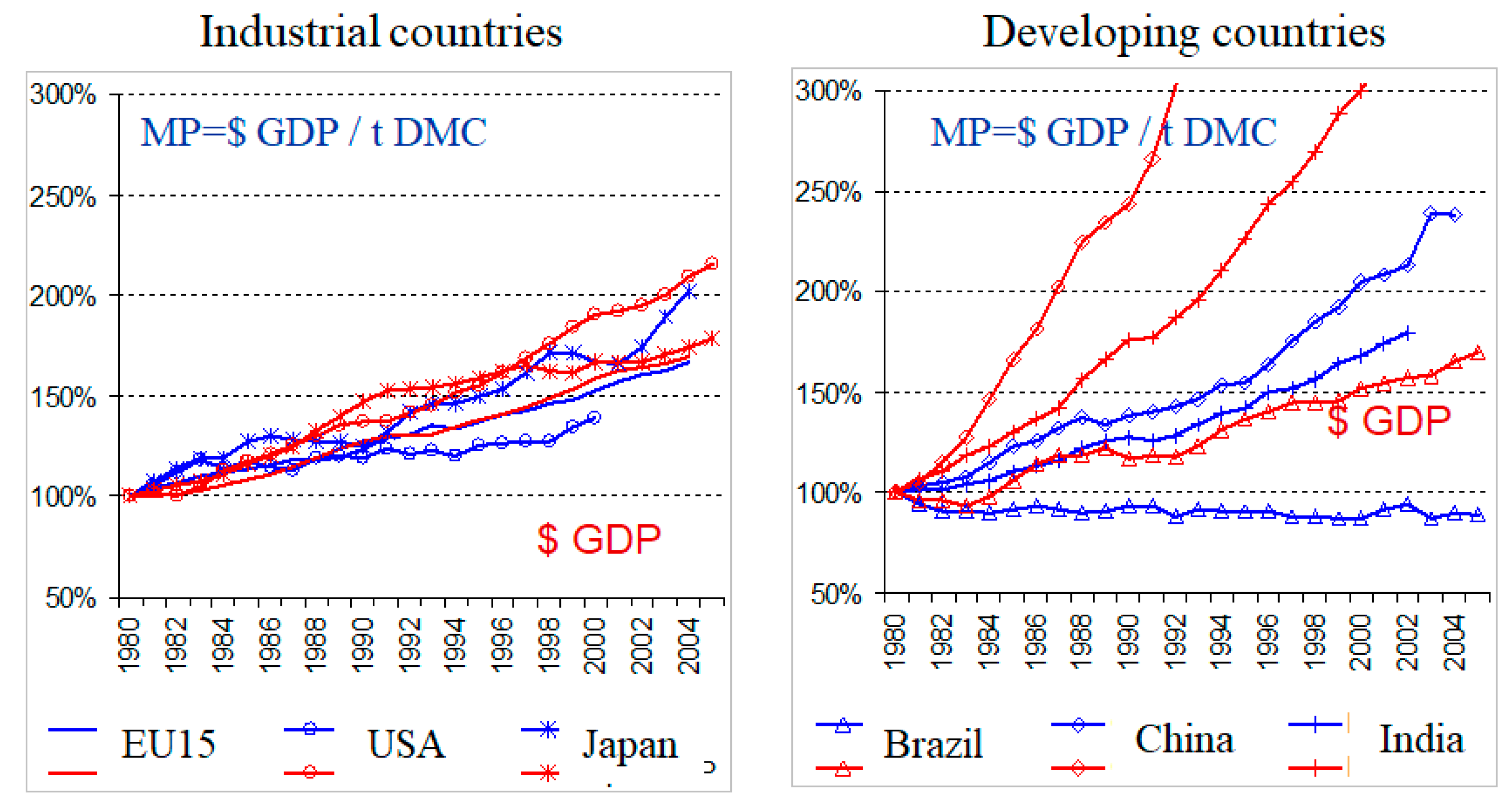
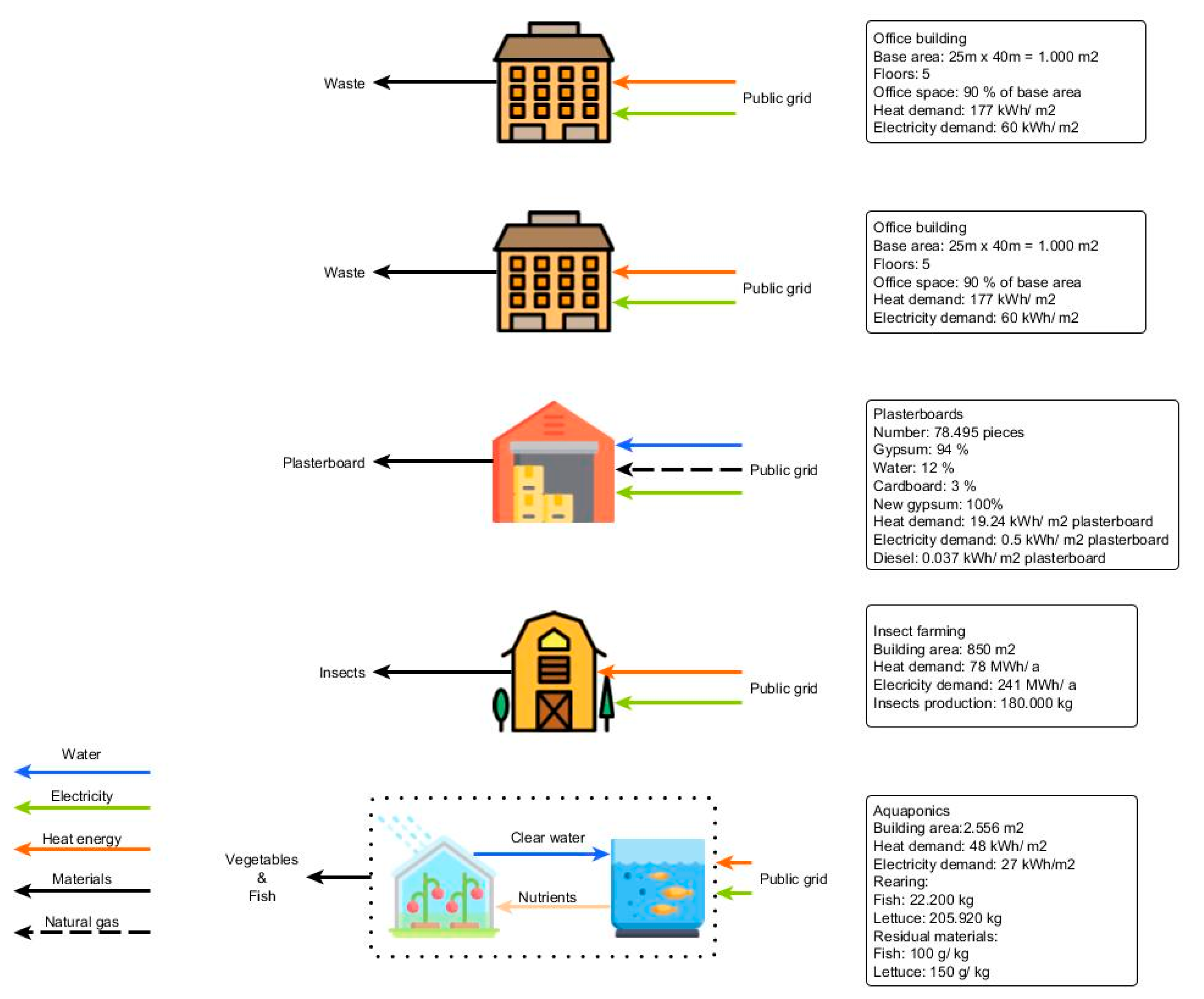
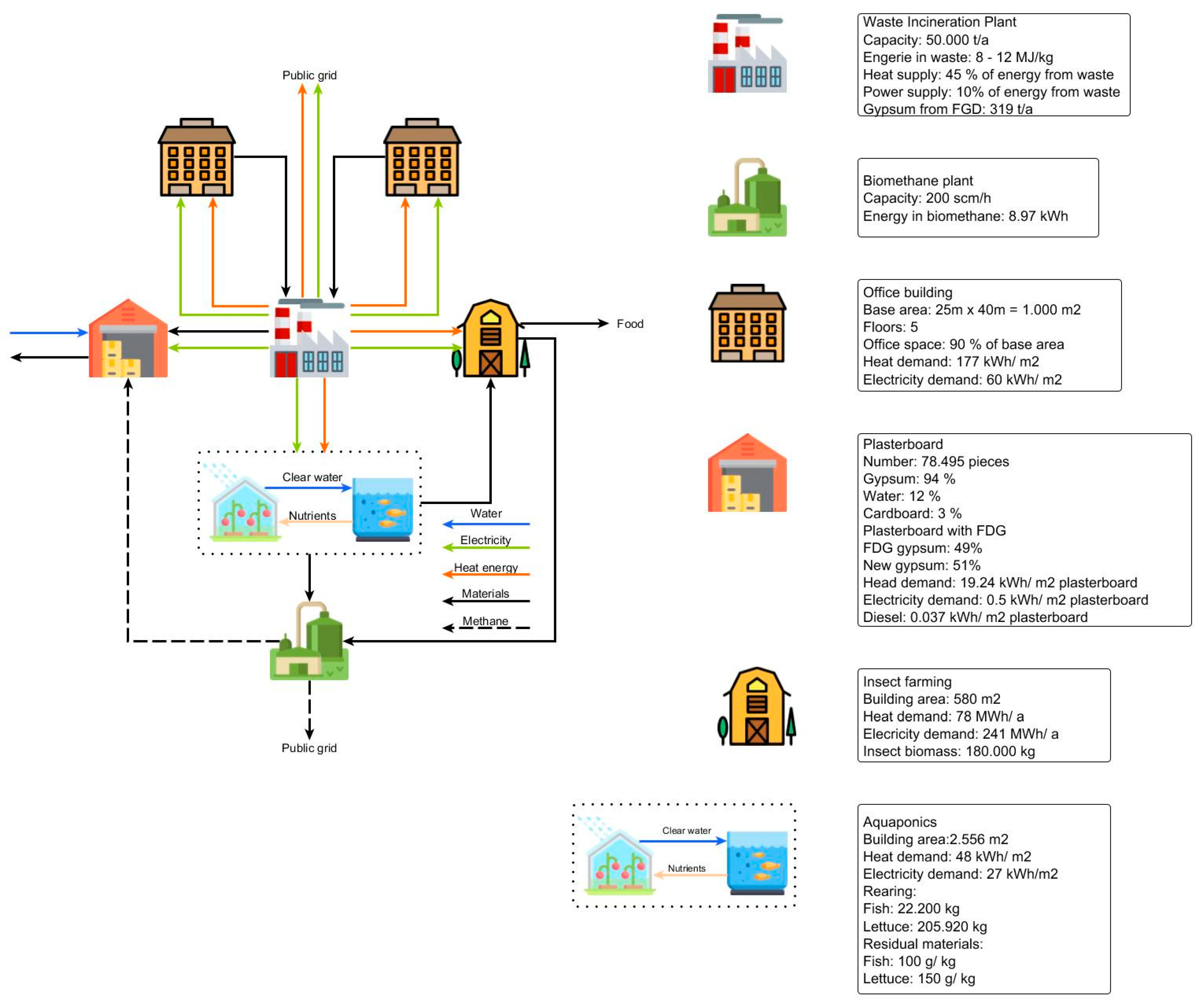

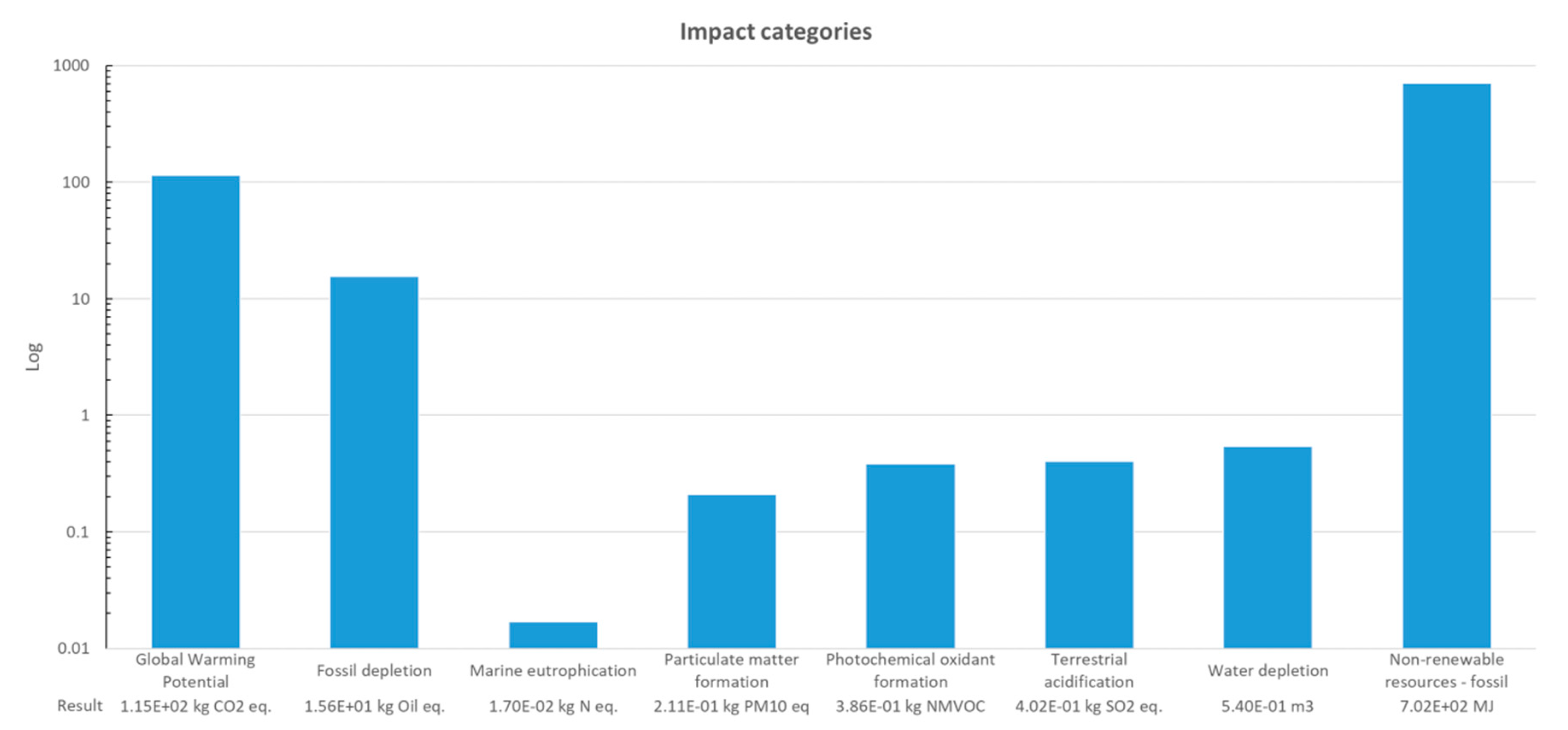
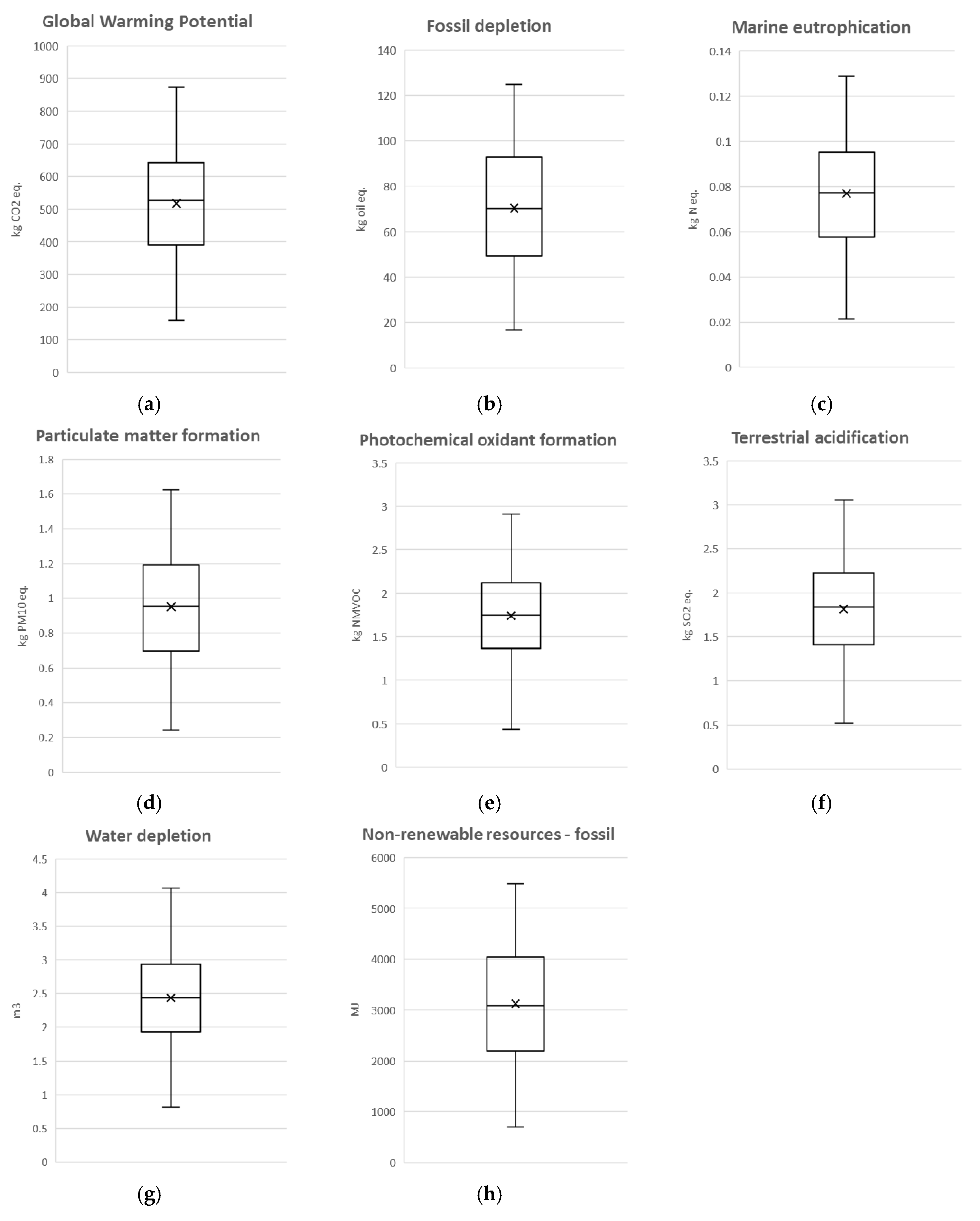
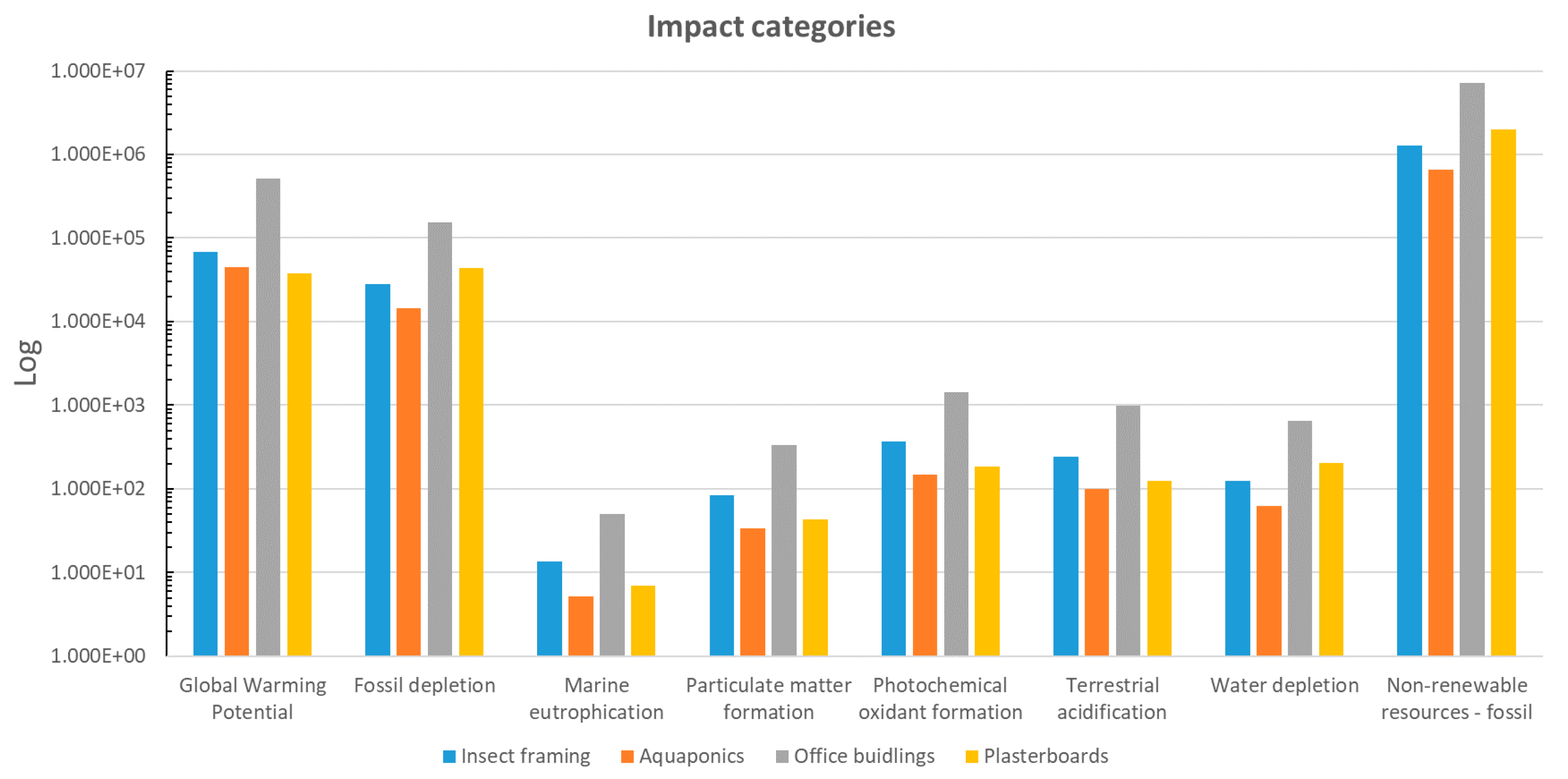
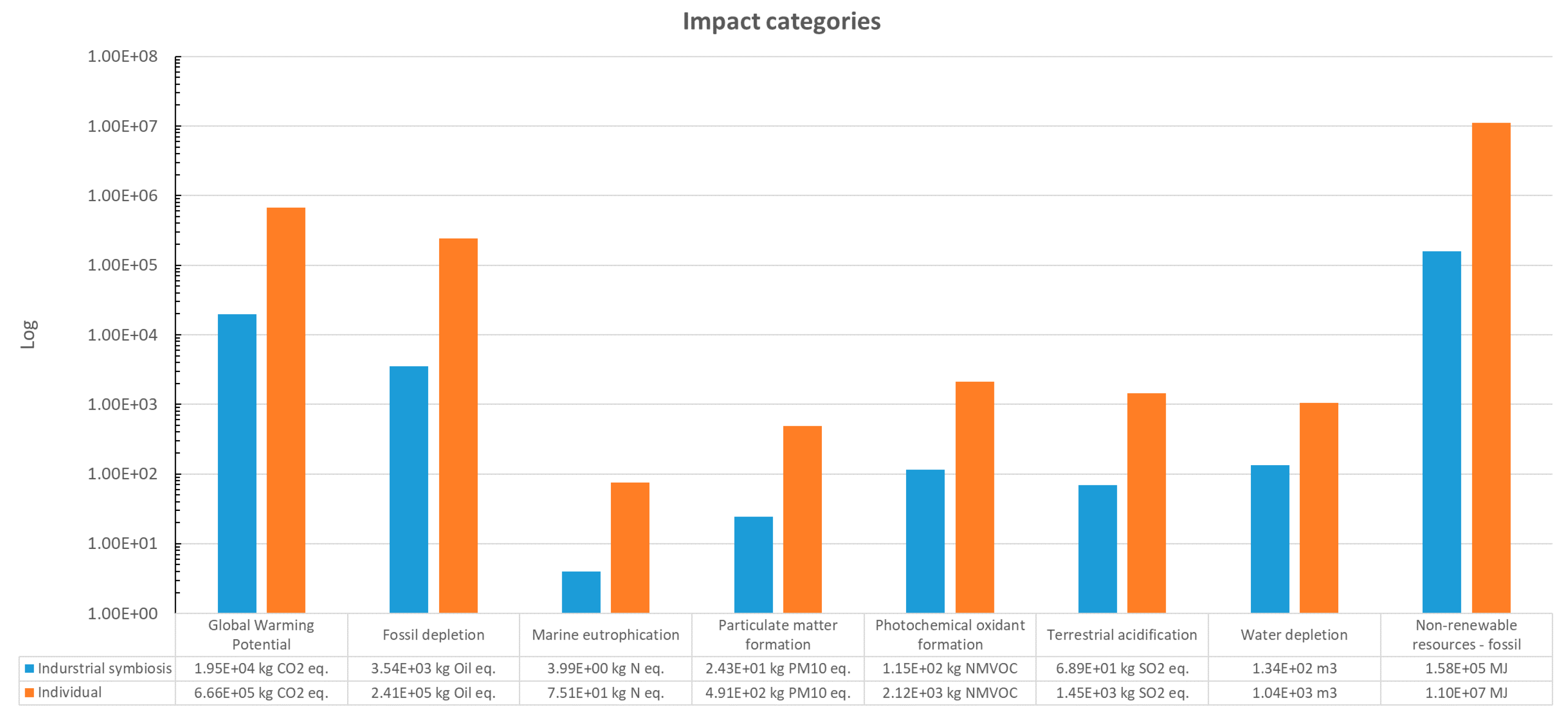
© 2019 by the authors. Licensee MDPI, Basel, Switzerland. This article is an open access article distributed under the terms and conditions of the Creative Commons Attribution (CC BY) license (http://creativecommons.org/licenses/by/4.0/).
Share and Cite
Schneider, P.; Folkens, L.; Meyer, A.; Fauk, T. Sustainability and Dimensions of a Nexus Approach in a Sharing Economy. Sustainability 2019, 11, 909. https://doi.org/10.3390/su11030909
Schneider P, Folkens L, Meyer A, Fauk T. Sustainability and Dimensions of a Nexus Approach in a Sharing Economy. Sustainability. 2019; 11(3):909. https://doi.org/10.3390/su11030909
Chicago/Turabian StyleSchneider, Petra, Lukas Folkens, Andreas Meyer, and Tino Fauk. 2019. "Sustainability and Dimensions of a Nexus Approach in a Sharing Economy" Sustainability 11, no. 3: 909. https://doi.org/10.3390/su11030909
APA StyleSchneider, P., Folkens, L., Meyer, A., & Fauk, T. (2019). Sustainability and Dimensions of a Nexus Approach in a Sharing Economy. Sustainability, 11(3), 909. https://doi.org/10.3390/su11030909





